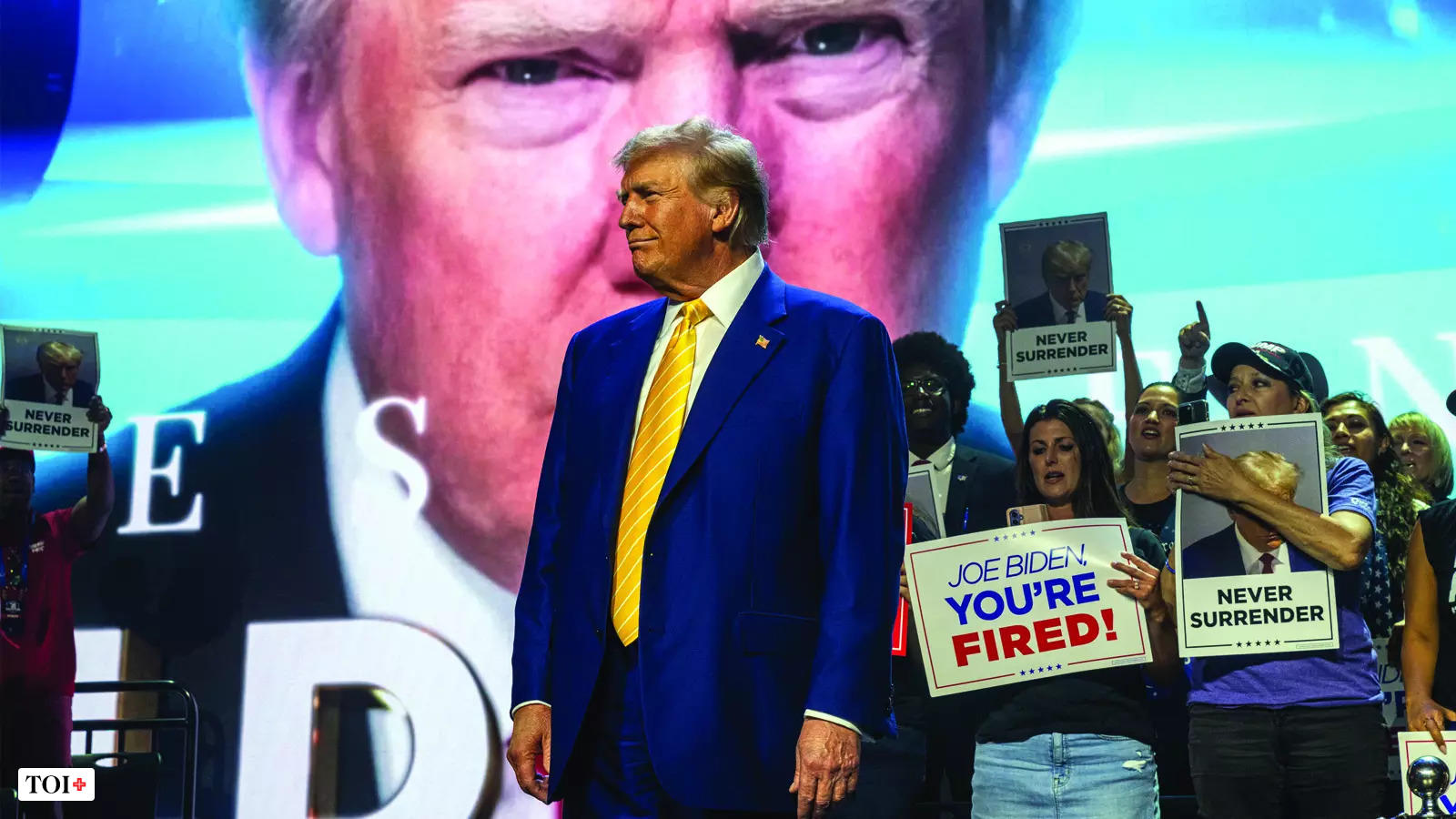The Pride flag, which has become a symbol for the LGBTQ+ community, holds significant meaning behind its vibrant colors. Each color represents a different aspect of the community, coming together to form a symbol of diversity and inclusion.
Artist Gilbert Baker created the flag in 1970 as a symbol of unity and pride for the LGBTQ+ community. Since then, it has become widely recognized and serves as a reminder of the fight for equality and acceptance.
Pride Month, which honors the Stonewall Uprising in 1969, is a month-long celebration that reminds us of the struggles faced by the LGBTQ+ community and celebrates progress towards equality. Members of the community and their allies come together in solidarity during this time.
Despite facing cultural hate and political opposition, the LGBTQ+ community continues to fight for their rights and demand equality. Pride parades and events around the world serve as a platform for diverse voices and experiences to be heard, reminding us of the importance of unity and acceptance.
As Pride Month comes to an end, the rainbow flag continues to fly high as a symbol of love, diversity, and resilience within the LGBTQ+ community. It is a reminder that no matter what challenges may arise, they stand together in solidarity, celebrating who they are and who they love.

